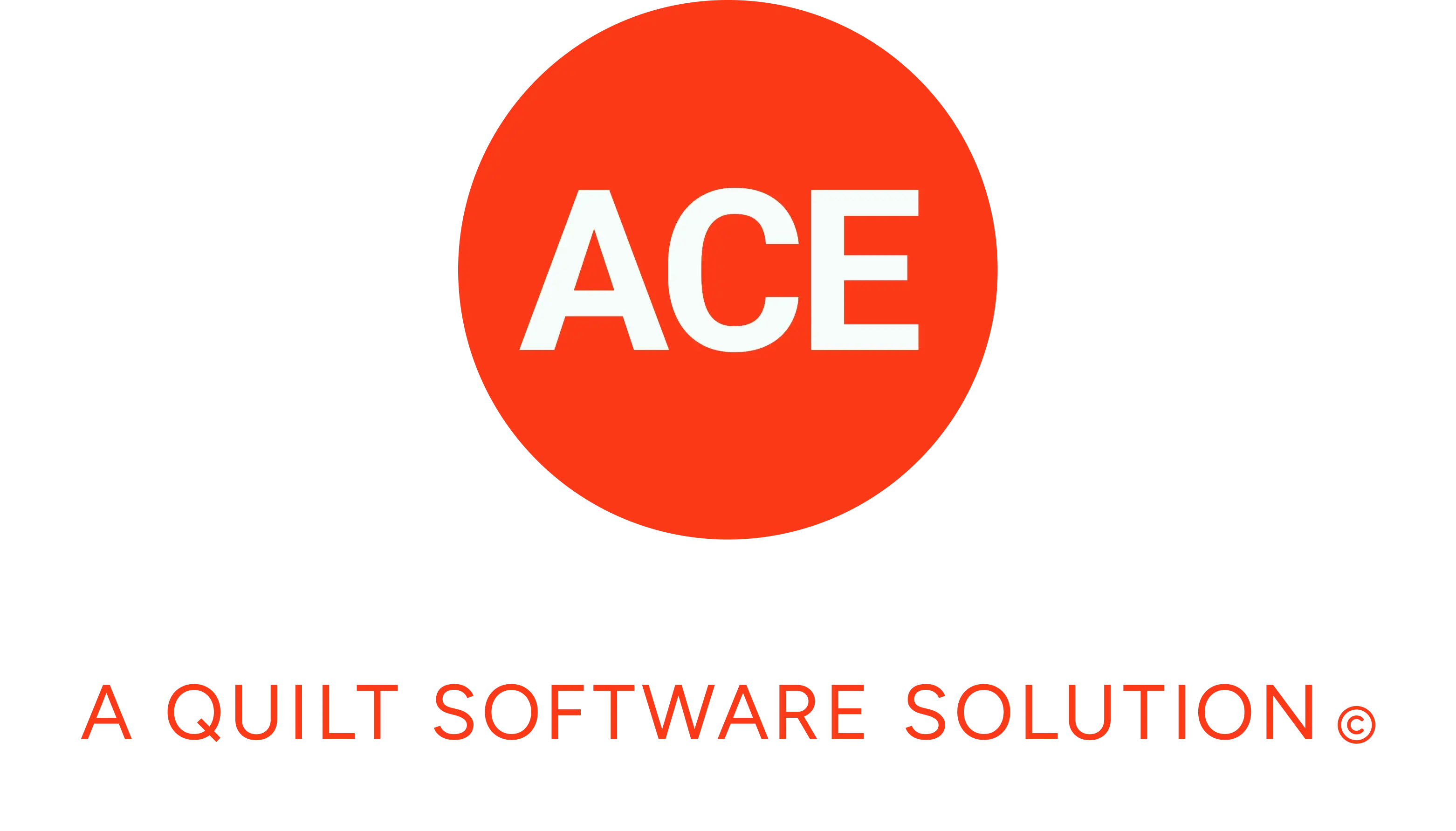
For retailers, inventory planning matters. Inventory is your largest asset and has the greatest impact on your business cashflow. If you plan your inventory well, you can reduce your overhead costs and increase cashflow. There are many different inventory management methods (e.g. just-in-time, etc.) but ultimately, it comes down to one thing, “do you have stock when you need to sell it”.
Cashflow sitting in your inventory is money that could be better used elsewhere, especially in times of a recession like now. Lean retailers that don’t carry a lot of excess stock have more flexibility to introduce new products more quickly. This is particularly true in industries such as fashion where trend-driven products = shorter product life cycles. While you can get better costing with higher volumes, maintaining high stock levels means an increased chance of getting stuck with products that require deep discounting to free up your cashflow.

It is important to remember, keeping your inventory lean doesn’t mean maintaining low stock levels. If stock levels are not properly aligned to your sales demand and kept too low, you will constantly have out-of-stock products. You want to avoid stockouts as they are costly to retailers not only because of lost sales, but because of wasted marketing efforts and lost customer goodwill.
In the end, customer acquisition is not the end-game. To be profitable, retailers need loyal, repeat customers that don’t require expensive marketing campaigns to attract. When you think of it this way, inventory is an important part of your overall customer service. Customer service is the new marketing as every touch point impacts how your customers view your business. Less stockouts means higher sales in-store and faster fulfillment for online orders, all of which means better customer satisfaction.
What can I do as a small business to better manage my inventory?
If all of this sounds scary, don’t worry. While small retailers don’t have the resources of the big brands, there are a few things you can do to better plan your inventory.
1) Use minimum stock levels (also known as safety stock levels). In many retail point-of-sale systems, you can assign a minimum stock level to every product in your store. A good POS system will even have built-in tools to trigger alerts when stock level falls below your pre-set minimum. You should also be able to easily make mass updates when you review your minimum stock levels every 3-6 months.
2) Track inventory turnover. This is essentially how many times a product is sold and replaced over a certain period of time. This can be tracked at a very high level (e.g. including the entire store inventory) or at the product/category level. There are different ways to calculate turnover but whatever approach you use, consider using Cost of Goods Sold instead of Sales as you will get a more accurate measure as your result will not include markup. For example:
Sales Period Total Sales $ Total Cost of Goods Sold $ Avg Total Stock Value $*
Jan to Mar $80,000 $20,000 $6,000
Apr to Jun $110,000 $27,500 $6,000
* Average Stock = (Beginning Stock Value$ + Ending Stock Value$) divided by 2
From Jan-Mar, this company had inventory turnover of 13.33. This is calculated by taking the Sales$ for this period and dividing it by Average Stock Value$. Now you can convert this to “inventory days” by taking 365 / 13.33. So from Jan-Mar, inventory turns 13.33 times a year and is on hand for approximately 27.38 days. If you run the same calculations for Apr-Jun, inventory turns 18.33 times a year and is on hand for approximately 19.91 days.
From these two examples, the higher your turnover rate, the more efficient you are, since it means that your inventory is being sold faster and you have more cashflow in your business. A lot of people forget that the cost of inventory is not just the original purchase cost of an item. It includes the ongoing cost TO SELL that inventory. The longer it takes to sell something, the greater your real inventory cost as your money is sitting in that dead stock instead of products that are in high demand.
3) Determine your ideal Reorder Days. It is always a good idea to estimate the leadtime required to reorder products in time for suppliers to produce OR deliver them before you are out-of-stock. For example, if you know it takes two weeks to receive orders from a particular vendor, make sure to factor that leadtime into your reorder timing. In the beginning, you don’t want to cut it too close as unexpected delays can happen (e.g. snowstorms in the winter). This is especially true if you are ordering for a busy time of year such as Christmas. For some retailers, losing a week during the holidays might mean the difference between Christmas and Boxing Day pricing.
A lot of small retailers or businesses often think that they are not big enough to use inventory management tools. and try to use spreadsheets to keep track of their goods. While this can work in the beginning, as your inventory items grow in both size and attributes, you will either overstock (to prevent stockouts) or have constant back orders. You will also lose out on freight savings and volume discounts you might have received if you had consolidated your vendor orders more efficiently.
Start managing your inventory by following the key essentials we’ve listed above. Then when you’re ready, consider using a system to automate these functions. With the proper inventory management tool, you will be able to spend less time managing your inventory and more time selling it.
